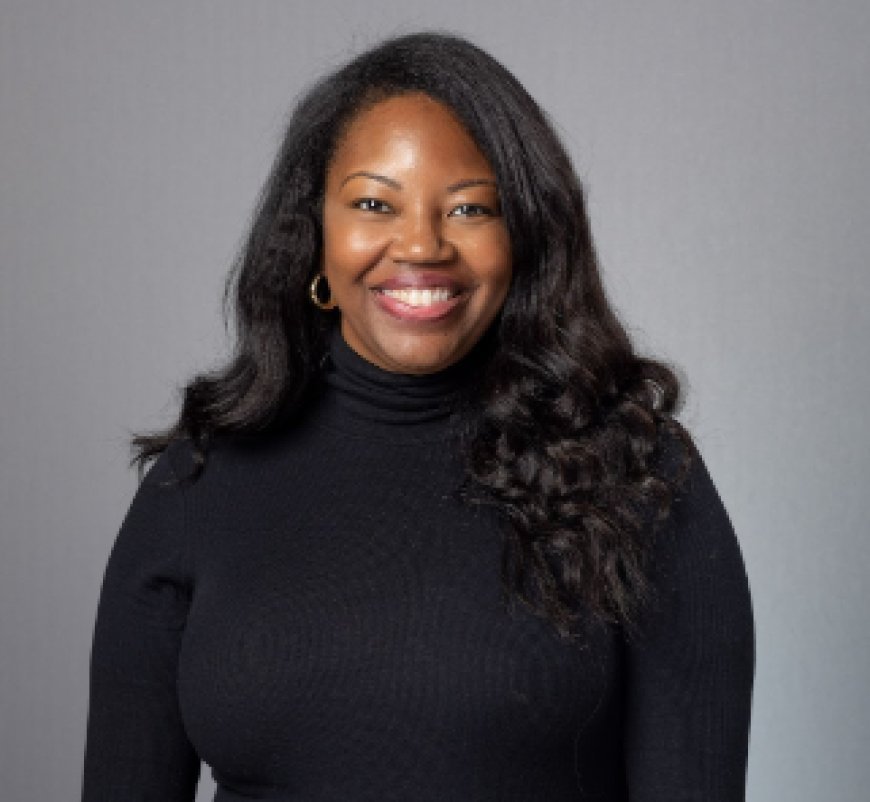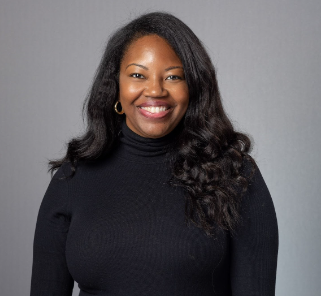Minding the Gap – What Happens to Black Executive Leaders When Reality Doesn’t Match Mission Statements
The LIFT Fund’s Executive Director. Jennifer Epps reflects on the concrete steps philanthropy and nonprofits can take to ensure that Black women leaders can truly thrive. The post Minding the Gap – What Happens to Black Executive Leaders When Reality Doesn’t Match Mission Statements first appeared on NCRP.

In the wake of the murder of George Floyd, social uprisings and the broader racial reckoning sweeping the country, many organizations have had to look inward at their own institutional practices to address both conscious and unconscious racial biases. None moreso than the nonprofit and philanthropic sector, where DEI statements grace the homepages of websites and interviewers boast of equitable hiring practices that encourage diversity. Make no mistake, this is great work- and we need to continue to push further. Especially when it comes to supporting new BIPOC, and in particular, Black women executive leadership.
As an executive leader in labor unions and now in philanthropy, there are things I wish I had been more prepared for. When you excel as a frontline worker, promotions can happen quickly, which is amazing. However, leading and managing a team based on mission and values is very different from the work itself. Training and support around operations and budgeting could have saved me many sleepless nights. Coaching and peer support were invaluable for me, and I believe every leader, especially Black women leaders, should have access to these resources.
Boards need to be oriented on how to support new Black leadership, especially during transitions from previous leaders, to give them a running start. Boards play a crucial role in the success of leadership transitions, and can foster an inclusive organizational culture, provide mentorship, and equip Black executive leaders with the proper resources, autonomy and support so that they can thrive in their new environment. Failure to do so runs the risk of causing more harm than good.
Facing the Facts and The Data
And while some things are changing, the world Black executive leaders are forced to navigate hasn’t changed too much. Based on a dataset of nearly 30,000 organizations, a recent survey by Candid Insights found that of the 2% of organizations that experienced a change in leadership to someone of a different race, the majority of the shifts were from a white person to a person of color. This is progress, but the study also found that over 70% of nonprofit organizations are still led by a white CEO, compared to just 13% who identify as Black/African American.
Meanwhile, studies have found that nearly 30% of nonprofits have programs that primarily serve Black and/or African American people. This gap shows that there is still some room to grow in terms of representation and alignment of leadership with the needs of the populations nonprofits seek to serve.
Hiring a Black woman leader is a great first step, but the work doesn’t end there. There should be open-mindedness and respect for the ways that Black women want to lead. This may differ from how things were traditionally done in the past. It could mean less hierarchical organizational practices and making room for more meaningful collaboration, joint decision making and establishing a broader set of thought partners for moving the work forward. In philanthropy, it could mean funding organizations that have previously not been funded and centering qualitative and relationship-based engagement with grantees instead of primarily relying on data-driven written reports. It could mean check-in calls with grantees to learn about their work and offering wrap-around organizational support so they can continue to grow.
As Black executive leaders, we often have to do more with less. According to a 2020 report by the Bridgespan consulting firm and the leadership capacity-building organization, Echoing Green, organizations led by people of color are awarded less grant money and are less trusted to make decisions on how to spend funds than organizations with white leaders.
Their report also found that organizations led by white individuals had budgets 24% larger than people of color, and organizations led by Black women received less funding compared to those led by Black men and white women. Think about what a difference this 24% could make—it would be a gamechanger for some organizations.
In addition to less organizational resources, Black women are also paid less. According to the Race to Lead report by the Building Movement Project, 49% of executive directors and CEOs of color reported issues with inadequate salary, compared to 34% of white leaders surveyed. On a national scale, the situation remains hardly unchanged— in their 2024 annual report released on Black Women’s Equal Pay Day, the Institute for Women’s Policy Research found that Black women earn 66 cents for every dollar earned by white men.
Ensure Black Women Leaders Truly Thrive
Finally, in any executive leadership role you are tasked with managing a set of expectations and essential job duties. This includes strategic visioning, staff management, fundraising, financial oversight, and board relations and governance among others. As Black women leaders, we are also tasked with managing the implicit expectations of the communities we represent. The field expects that as a funder, and a funder that looks like them, that you have the power and ability to revolutionize philanthropy. Staff have the expectation that because you’re a Black woman, you have the power and ability to revolutionize their workplace.
The broader philanthropic space expects you to say all the things about racial equity and represent it, but then not be held accountable for operationalizing it. It’s a lot to hold. And the data confirms it—The Race to Lead report found that 53% of BIPOC executive leaders felt that they were called to represent their entire community, versus 23% of their white counterparts.
Black women do it all, and we continue to do it all. But there are concrete steps the broader philanthropic and nonprofit sector can take to ensure that Black women leaders can truly thrive in their role:
Equal work deserves equal pay. At a minimum, pay incoming Black women executive leaders the same amount as their white and/or male predecessors. If we are expected to take on a greater amount of work, whether that is raising more funds, supervising more staff, or expanding new programs and initiatives. #BlackGirlMagic is a reflection of talent, intelligence, and skill— and it’s time that it is fairly compensated in the workplace. And by the way, it ain’t magic, it’s really hard work.
Respect our vision. Approach us with less questioning and more understanding. Don’t ask us to jump through countless hoops and provide endless data sets and statistics just to show that our point is valid. Know that we are qualified and equally capable as other leaders, even though we may look and run things differently.
Provide a supportive environment. When Black professionals have a leadership role, and in particular Black women, failure is not an option. Provide coaching and other professional development opportunities for incoming executive leaders of color. Make yourself available for one-on-one meetings and relationship building. During meetings, think about who is in the room or who else could be in the room (ie other people of color). Help new Black executive leaders cultivate relationships with the existing funder and donor relationships the previous director had.
By enacting these practices, philanthropy can empower Black executive leaders to break through glass ceilings, rather than fall from glass cliffs.
Jennifer Epps is Executive Director of The LIFT Fund, a prominent and unique philanthropic collaborative focused on worker rights and power by catalyzing deeper collaboration and investment between unions, philanthropy, movement-building community organizations, and academia. Under Epps’ leadership, the LIFT Fund supports innovative, bold strategies of worker organizing across the United States to build a stronger worker and labor movement.
The post Minding the Gap – What Happens to Black Executive Leaders When Reality Doesn’t Match Mission Statements first appeared on NCRP.
What's Your Reaction?





















